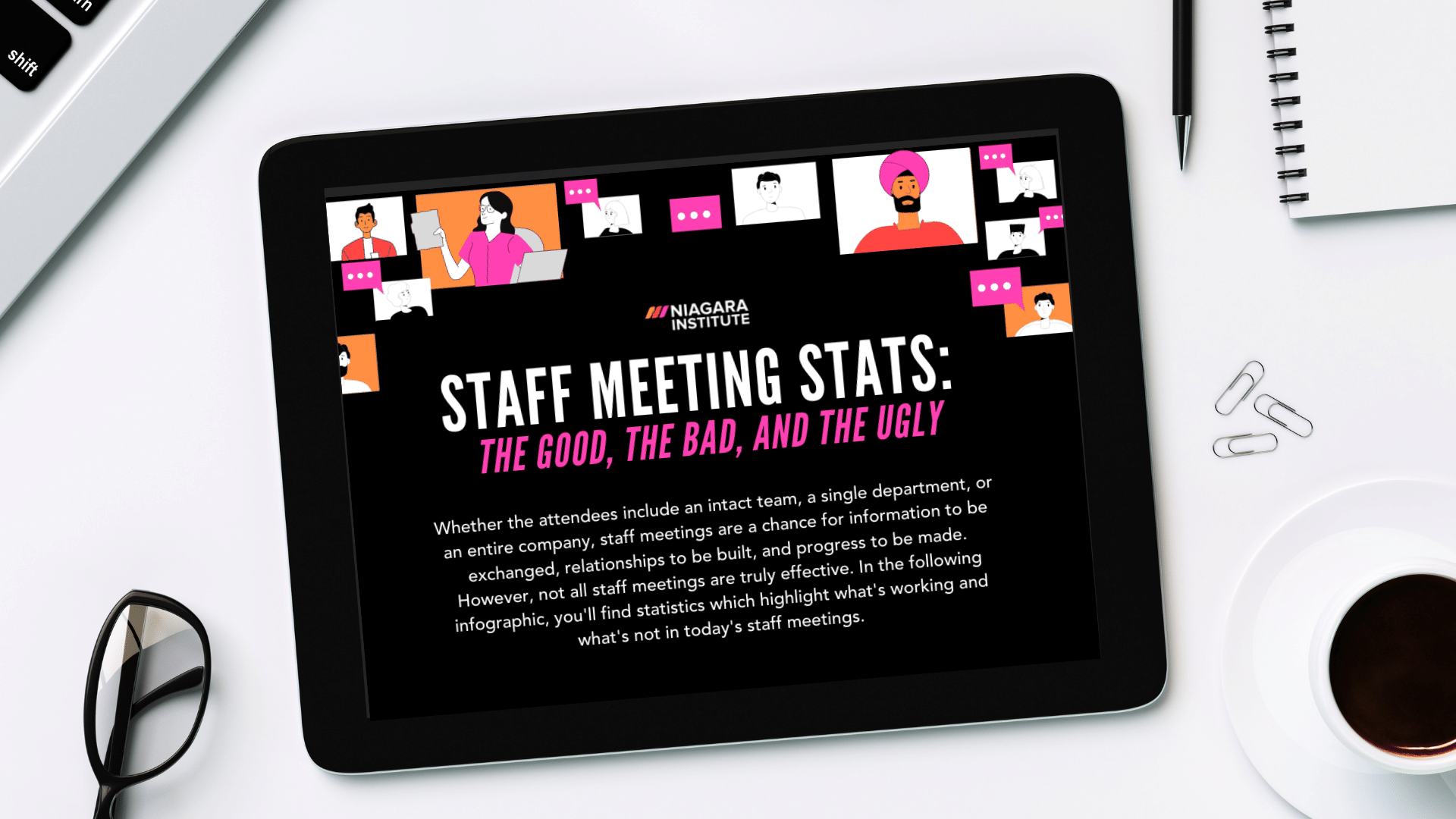Staff Meetings Resources
Lead the Kind of Meetings You’ve Always Wanted to Attend
Download the Meeting Agenda Template
Leadership abilities come to bear in different situations in the workplace, but one of the most visible moments for employees is when you lead a staff meeting. While it might not seem fair, this is when your leadership skills are on full display, and your team will naturally judge your abilities based on how well you manage the meeting.
Whether you're leading a meeting for the entire organization, a department, or just your direct reports, this is a situation you'll likely face often. Running meetings effectively is a significant part of any leadership role.
The purpose of staff meetings is to facilitate communication, alignment, and collaboration within a team or organization. Effective staff meetings help keep the team focused, motivated, and moving in the right direction, ultimately contributing to the overall success of the organization.
As such, you may feel compelled to run the best staff meetings you possibly can. In this case, you’re in the right place. The resources found below are designed to get you one step closer to making your staff meetings, big or small, the kind of meeting you always wanted to attend as an employee, valuable, productive, and worth your time.


.png?width=303&height=356&name=Meeting%20Agenda%20Template%20-%20Niagara%20Institute%20(1).png)
.png)
.png)


.png)
.png)




.png)

.png)

